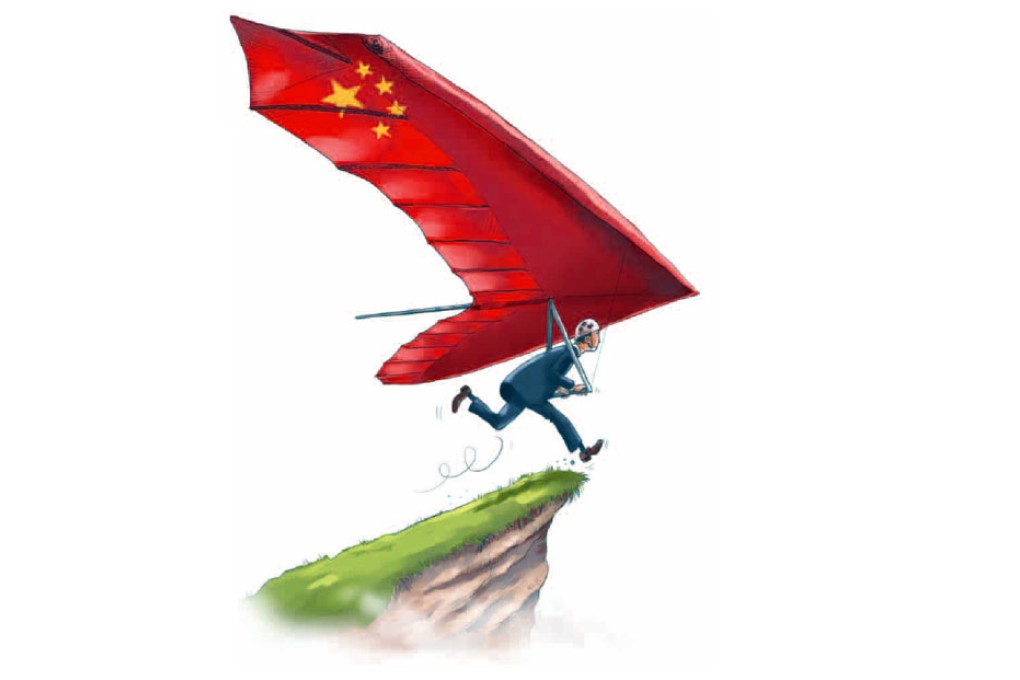China's big reform gamble
Ian Bremmer and David Gordon outline the risks of China's ambitious reform plan that will truly transform the country if successful, but could devastate global peace and prosperity if it fails

When it comes to economic reform, China's leaders no longer believe that time is on their side. With a new sense of urgency, President Xi Jinping and his inner circle are attempting one of the most ambitious economic and social-policy reforms in history.
But in any authoritarian country, change creates risk. Consider the scale of the proposed plans. For China to reach the next stage of its development, a much larger share of Chinese-made products now destined for Europe, America and Japan must be sold to consumers inside China. This shift will require a big increase in local purchasing power - and, therefore, an enormous transfer of wealth from large domestic companies to households.
In addition, China's leaders appear to be on the verge of approving 12 new regional free-trade zones, which will drive competition and efficiency on a new scale in many economic sectors. They also recognise the need for further liberalisation of the country's financial system, a move that will require tolerance for outright defaults on bad loans - and the anxiety and anger that comes with them.
Here, as in other areas of the reform plan, change is dangerous, but Xi has come to believe that pressing ahead is vitally important if China is to take the next crucial steps towards building a middle-class, digital-age economy. Moreover, the reforms are crucial for the Communist Party's long-term hold on power.
The leadership will also try to increase state-owned enterprises' efficiency by withholding support from those that underperform, potentially putting large numbers of workers out on the streets. And the government's steps to tackle China's heavily polluted air and water, a problem that officials can no longer ignore, will weigh on short-term growth as well.
In the past, the party has responded to slowing growth with a surge in state spending meant to create jobs and keep the system humming. This time, the authorities are allowing growth to slow at a measured pace, partly because the slowdown is a precondition for the kind of growth that does not depend on the state, and partly because the slowdown helps sustain demand for reform.
To accomplish these goals, Xi is centralising power, launching a charm offensive and cracking down on official corruption and extravagance. He is also using anti-corruption and re-education efforts to intimidate (real and potential) reform opponents within the party. Finally, the leadership has created new party institutions, answerable directly to top officials, to ensure that all changes are implemented as planned.